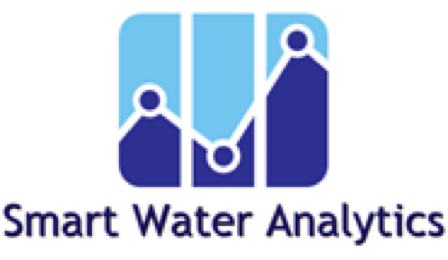Smart Water balance
Smart Water Balance
What is a Smart Water Balance?
- A Business Model where water service providers can improve their water balance methodologies by incorporating innovation and new technologies to monitor multiple parameters and improve the utility’s overall efficiency and profitability;
- A Business Model for optimizing all components of a water utility;
- A process that generates a common database of uncontested facts that can be used for planning and decision making;
- A forward step beyond the once-a-year Water Audit.
How to Implement a Smart Water Balance System?
Smart Water Balance is a process driven by information and smart technologies that is improved incrementally with knowledge acquired through its phased progression, change management, and fact-based operational policies.
No Water Balance
AWWA
Water Audit
Daily DMA
Monthly NRW
DMAs
NRW
Other Parameters
Implementing the Smart Water Balance Business Model as part of the Utility’s Water Cycle
For a utility to go from zero water balance to a once-a-day SWB requires:
Having the proper financial resources
Detailed planning
Technical expertise
Willingness of the stakeholders to collaborate and provide the support to make it happen
Leadership committed to change management
The Rewards of the SWB Business Model include:
Improving efficiency and profitability by reducing operating costs and increasing revenue;
Modifying the utility’s culture to one of interdisciplinary collaboration that allows the further integration of systems, communications, and information;
Conservation of resources and improvement of environmental conditions;
Helps to provide awareness and information needed to evaluate climate change events and to develop a plan to troubleshoot future climate related challenges,
Having up-to-date web-based reports and KPI dashboards for day-to-day operation and for planning, budgeting, and decision making,
Moving from a reactive “crisis to crisis” mode to a pro-active mode.
The new SWB Business Model focuses on optimizing the utility’s operations and improving interdepartmental communications and cooperation. It provides the utility management and personnel with up-to-date data in a common platform, with automated analysis, and visual and multi-media communication of reports and information.
The general categories of monitoring parameters include:
- Produced and sold water volumes
- Water quality
- Energy management
- Pperating costs, utility economics and revenues


